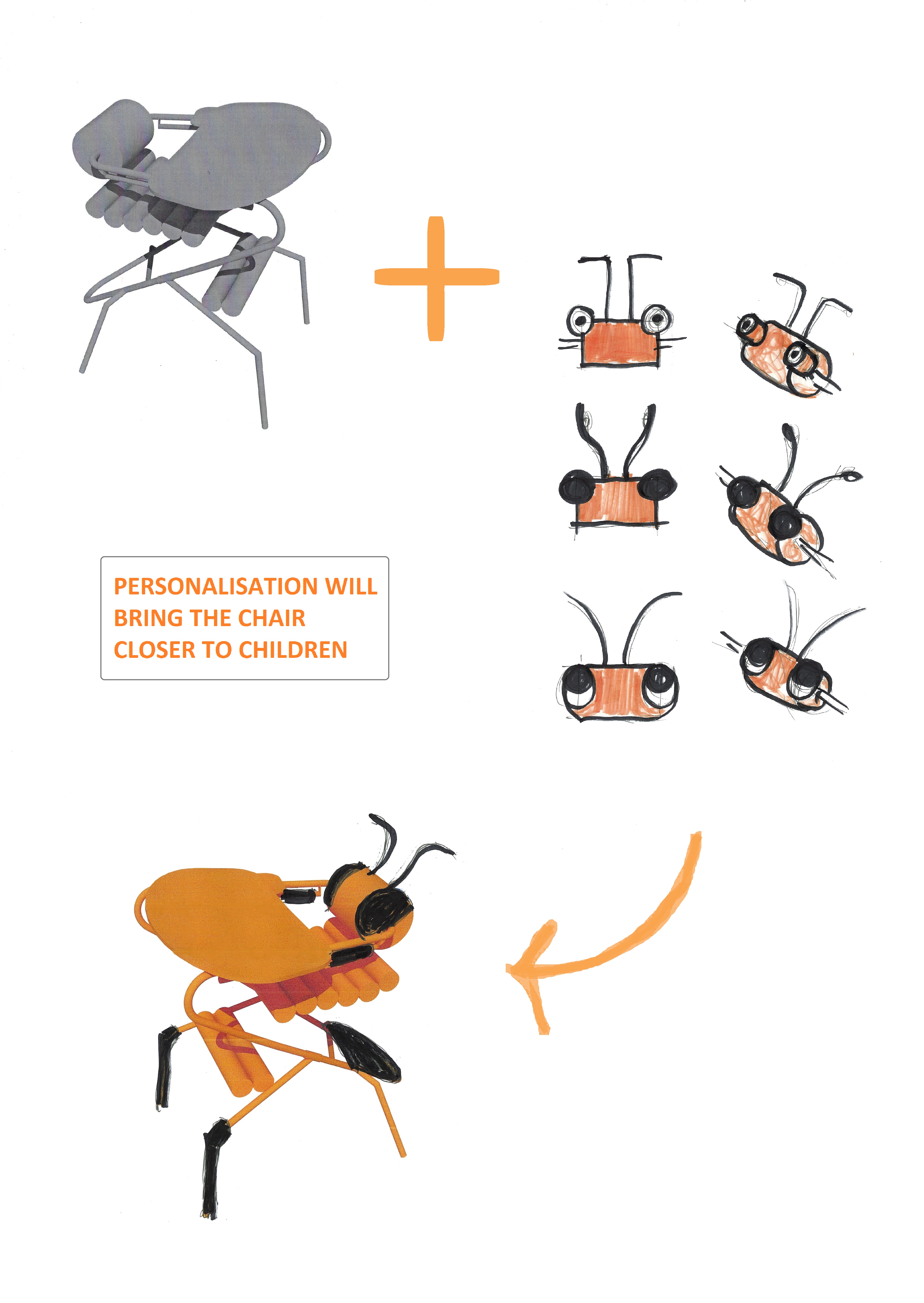
The message of the project
ADHD is a disorder so common that at least one European or American schoolchild has it in their class. Key symptoms in all types of ADHD (Attention Deficit Hyperactivity Disorder) include lack of focus, excessive activity or hyperactivity expressed in various ways, impulsivity, reduced self-regulation, and adaptability.
In schools, at home, and in institutions aiding children with ADHD, the chair offers several simultaneous benefits. Controlled movement improves attention and working memory, reduces the distracting effects of hyperactivity, and provides a place away from distractions. This comprehensive solution distinguishes the "ADHD chair" from other fidget tools on the market for children and adolescents with ADHD, such as kinesthetic classrooms, weighted sleeves, leg movement restraints, balance chairs, Pilates balls, and movable footrests fixed under tables, which address the need for constant movement.
The idea behind the project
The project's creator, inspired by his older son's concentration struggles, crafted a special chair. The discovery occurred when his son used a zero-gravity seat at home, drastically improving his math assignment time. Subsequently, prototypes were developed, rigorously tested in various settings, and refined. It was later realized that both of his sons had inherited ADHD from him. In 2020, two complementary Master's theses conducted by the Faculty of Philosophy (Department of Psychology) and the Faculty of Electrical Engineering showed that children with ADHD exhibited improved performance in working memory, reading, and writing tasks when using the "ADHD chair." Furthermore, the studies observed varying levels of movement intensity among ADHD children during different tasks, with working memory tasks showing the highest activity.
What next?
The chair's elements are functionally sound, and the aim is to enhance usability, streamline complex features, and create a more child-friendly design. The finalized chair will facilitate future testing and is intended for registration as a medical device to enhance accessibility.
Moreover, the design tackles an environmental issue by enabling the chair to grow with or adapt to different users. It is also recyclable.
- Project locations
- SloveniaAustria
- Projects Edition
- WORTH Partnership Projects II
- Project Call
- 2nd Call Projects
- Project Sector
- Furniture - Home Decoration
- Project Challenge
- Social Innovation
Stakeholders
Coordinators
Staša Zupančič
- Address
- Slovenia
3D Print Austria
- Address
- Austria
